Wildlife
Meet the Yungas animals
Las Yungas jungle is home to Argentina's richest biodiversity. As you venture through the jungle trails, you will notice the many signs of the discreet presence of wildlife: the rustle of leaves a few steps away, screams or silhouettes in the treetops, or fresh footprints near the springs
tapir
a giant in South America
Endangered species, the Yungas tapir is the largest wild mammal in the Neotropics, with some specimens weighing more than 250 kg. Great walker and very discreet, its footprints are easily identifiable with three fingers.
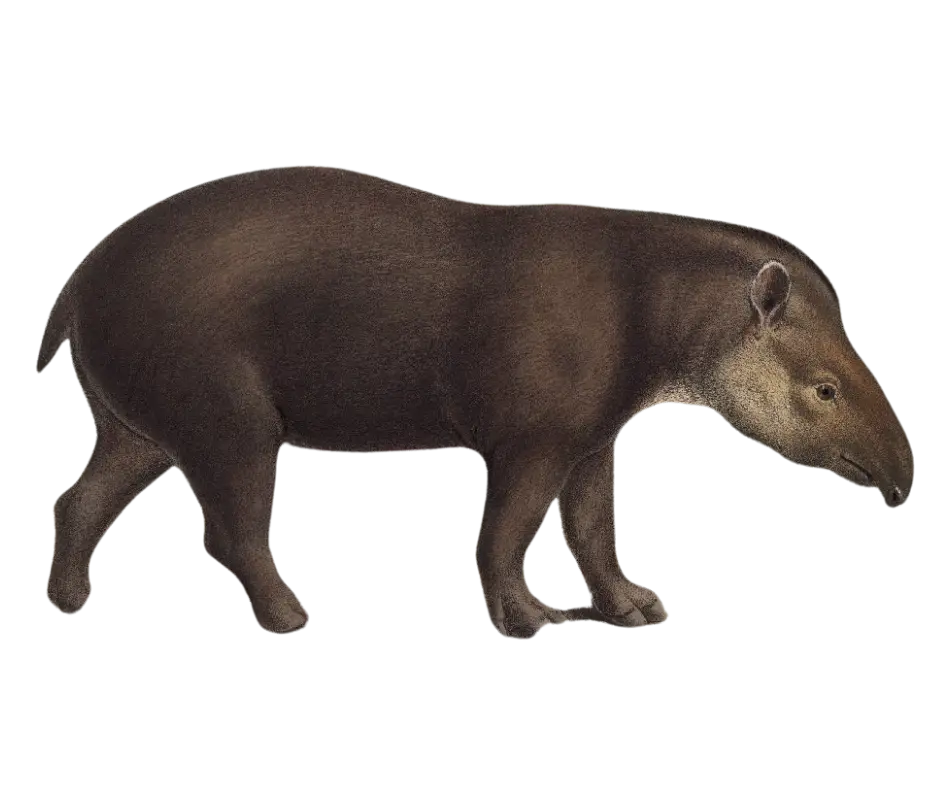
anteater
or tamanoir
This mammal, recognizable by its long snout, frequents both grasslands and subtropical forests in search of its favorite food: termite and ant nests. Its impressive claws allow it to defend itself from feline attacks.
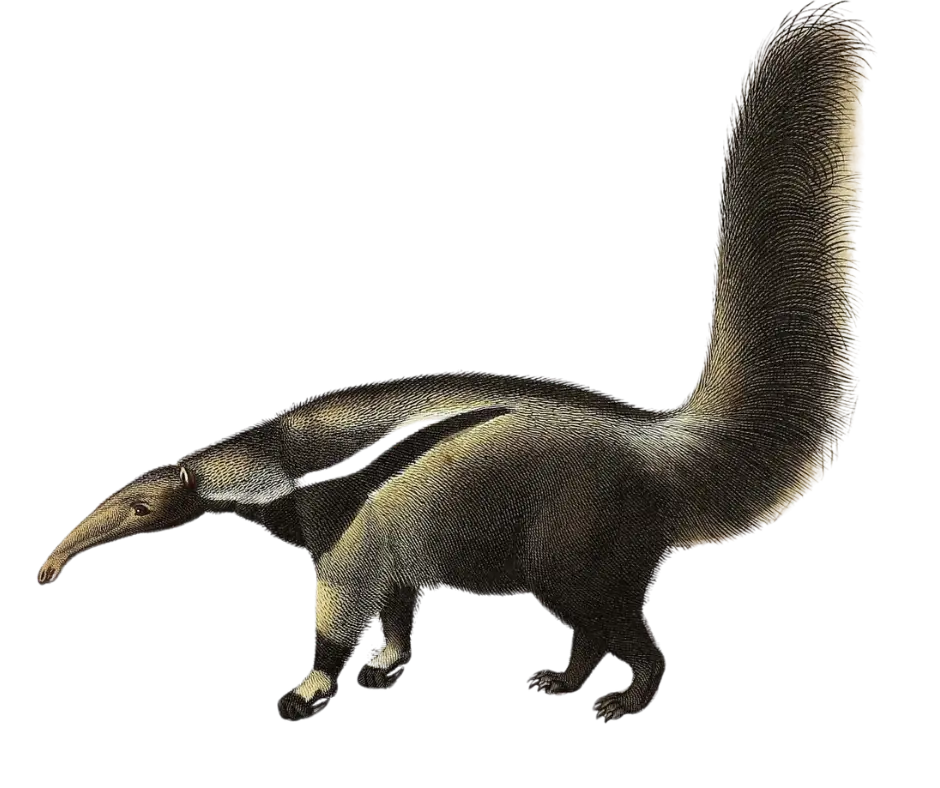
collar pecari
or javelina
The peccary is considered a vulnerable species. The mammal travels in herds of up to 50 individuals, led by dominant females.
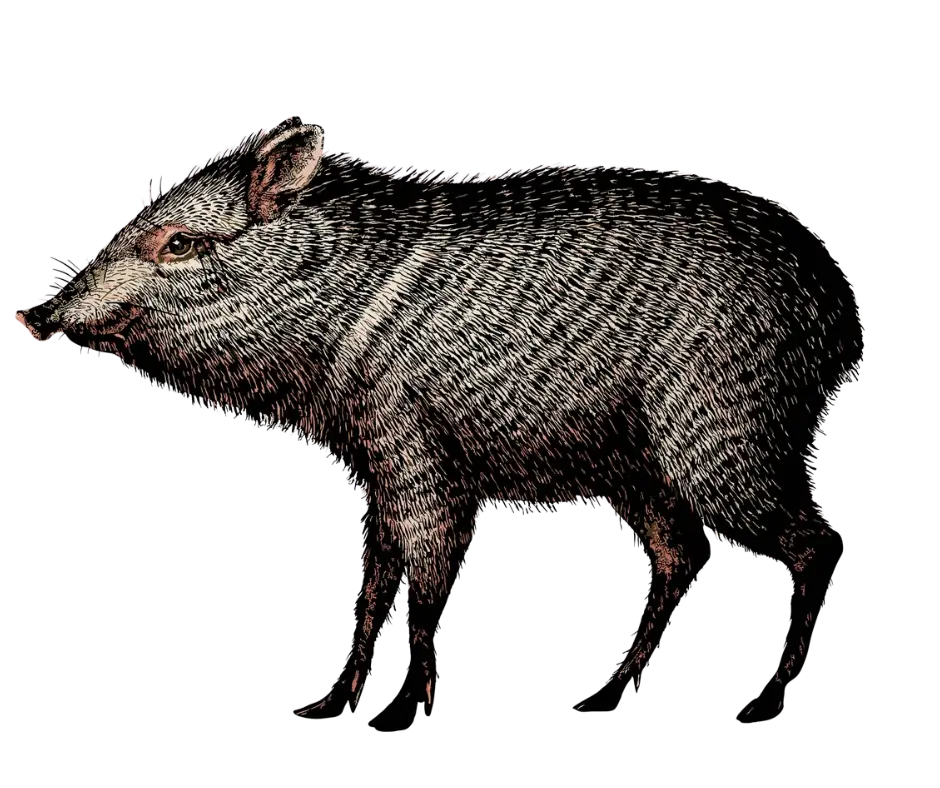
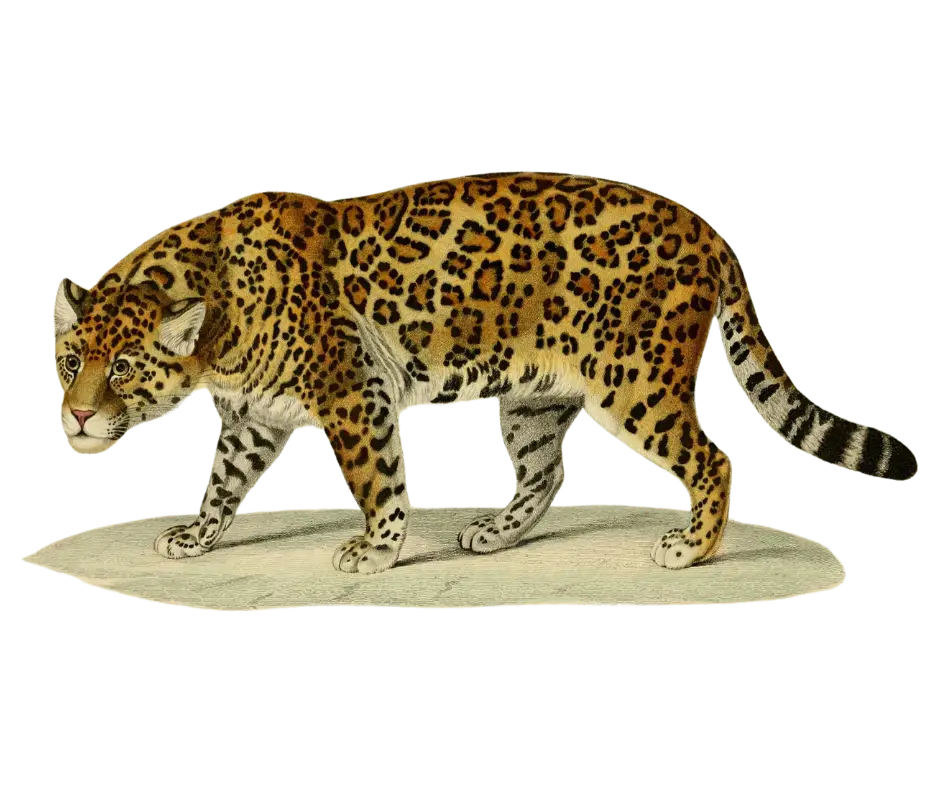
jaguar
prince of the yungas
A species that has almost disappeared from Argentina, the jaguar has returned to the Yungas in recent years. South America's largest feline lives in the subtropical forest and the Chaco forest. It can travel 30 km a day. For food, it hunts peccaries, tapirs, corzellas and capybaras.
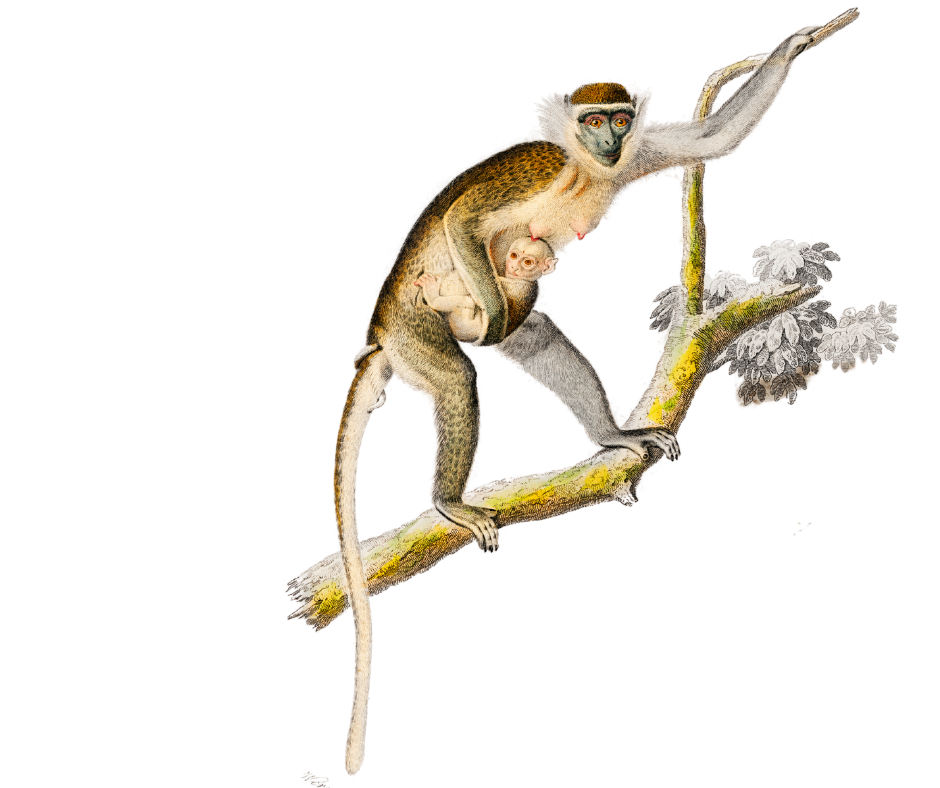
monkey cai
the jungle sapaju
This emblematic monkey of Las Yungas, a member of the capuchin family, moves from branch to branch in the herd, in search of a few fruits to nibble. Unaccustomed to human presence, the monkeys observe with curiosity and distance the hikers who venture into their territory.
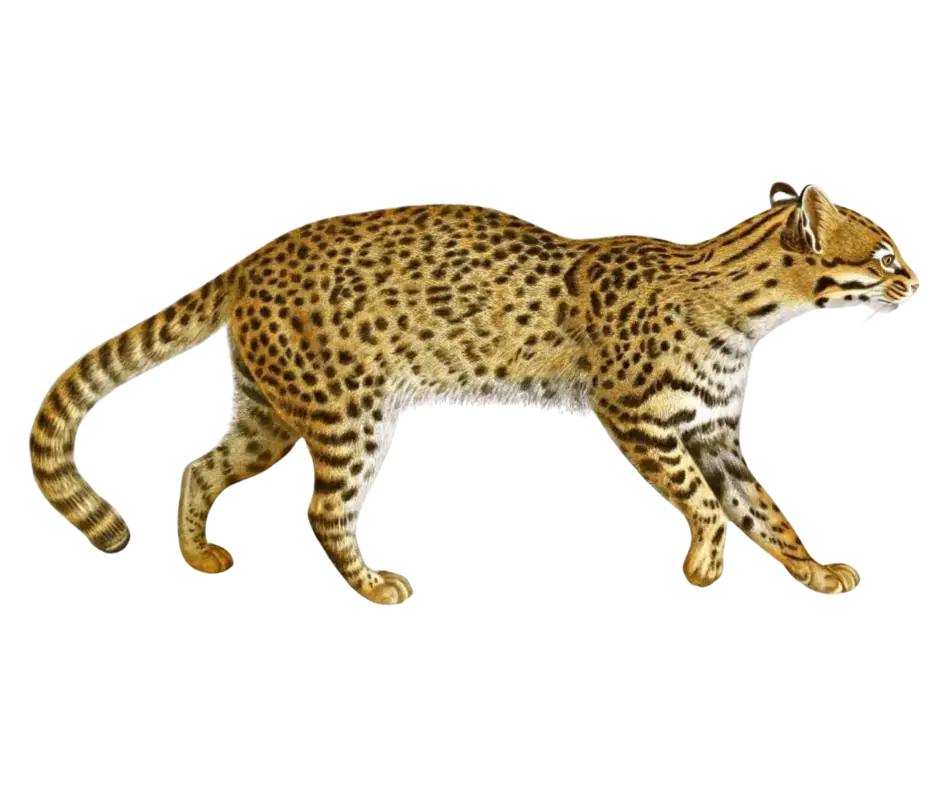
ocelot
mysterious feline
The spotted feline is nocturnal and lives alone. It only frequents places far from human activity.
Sometimes, at night, its loud cries echo in the jungle.
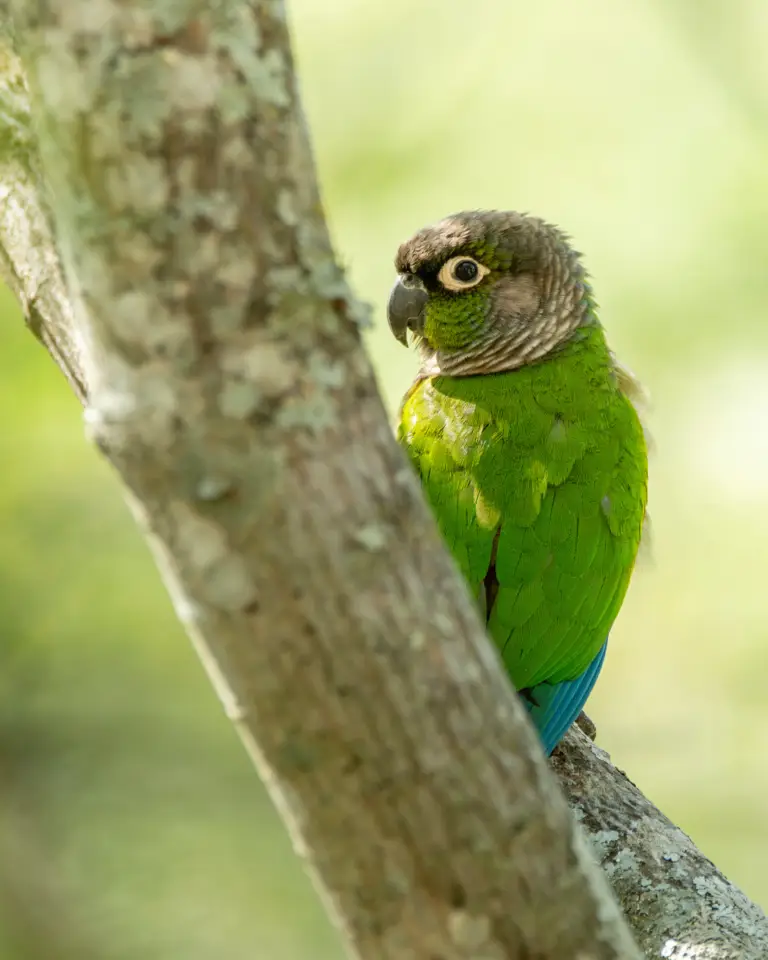

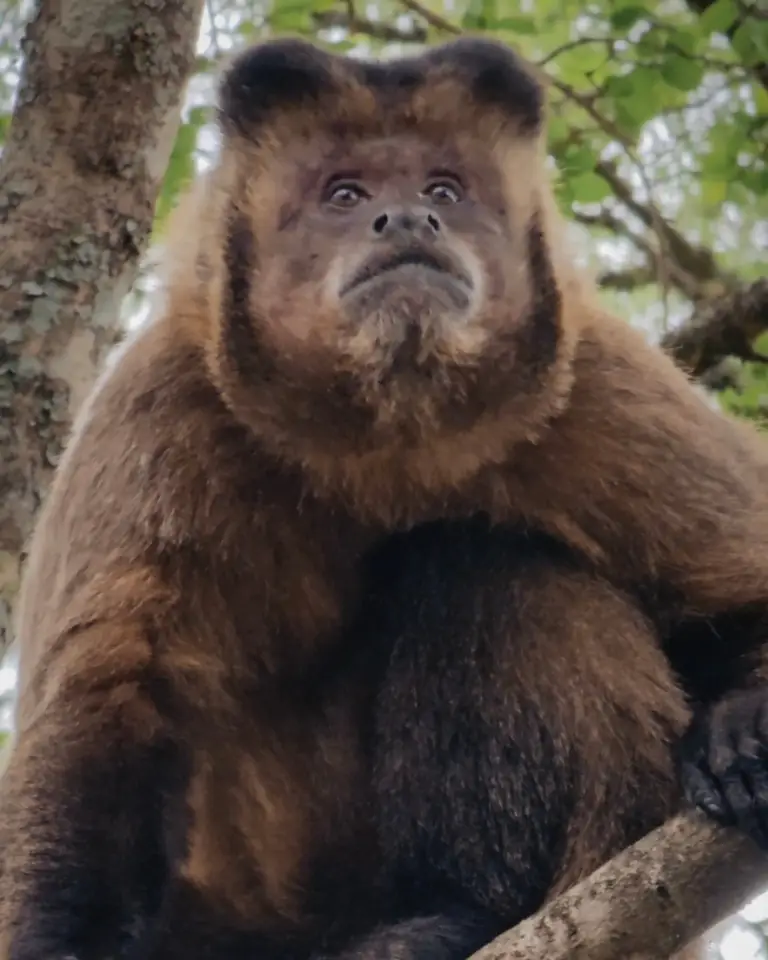
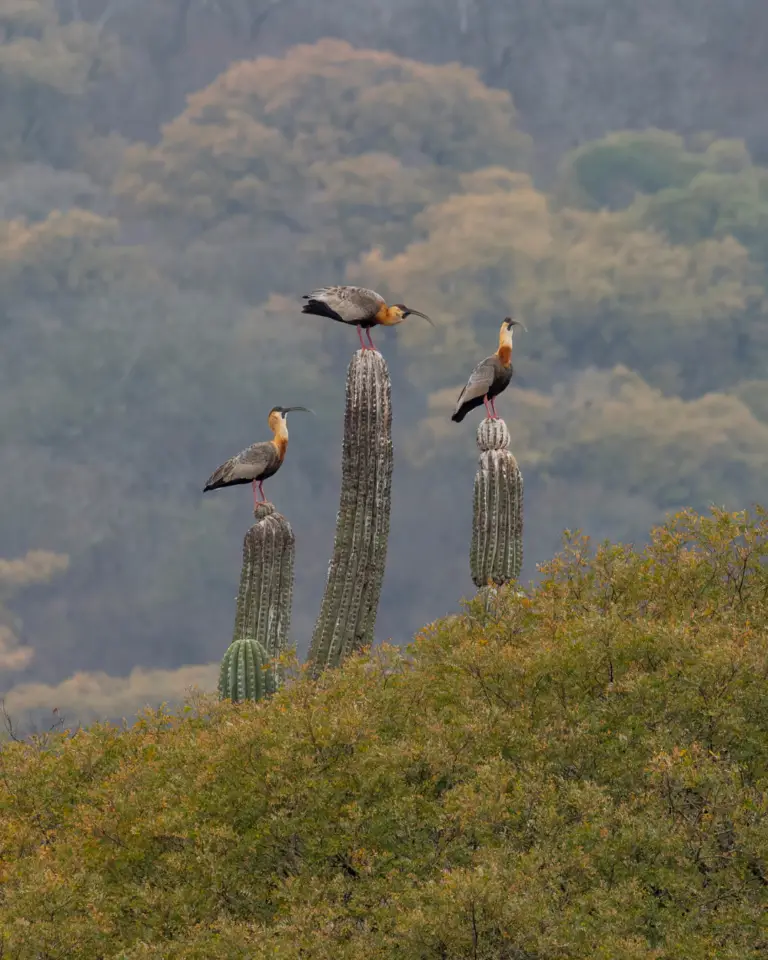

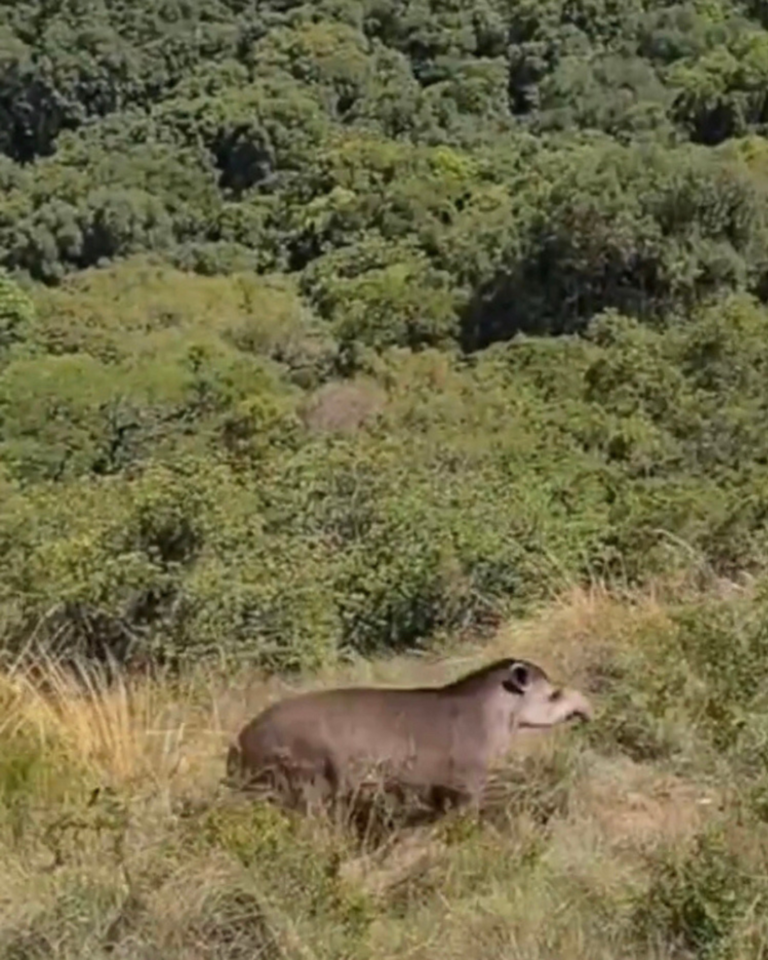


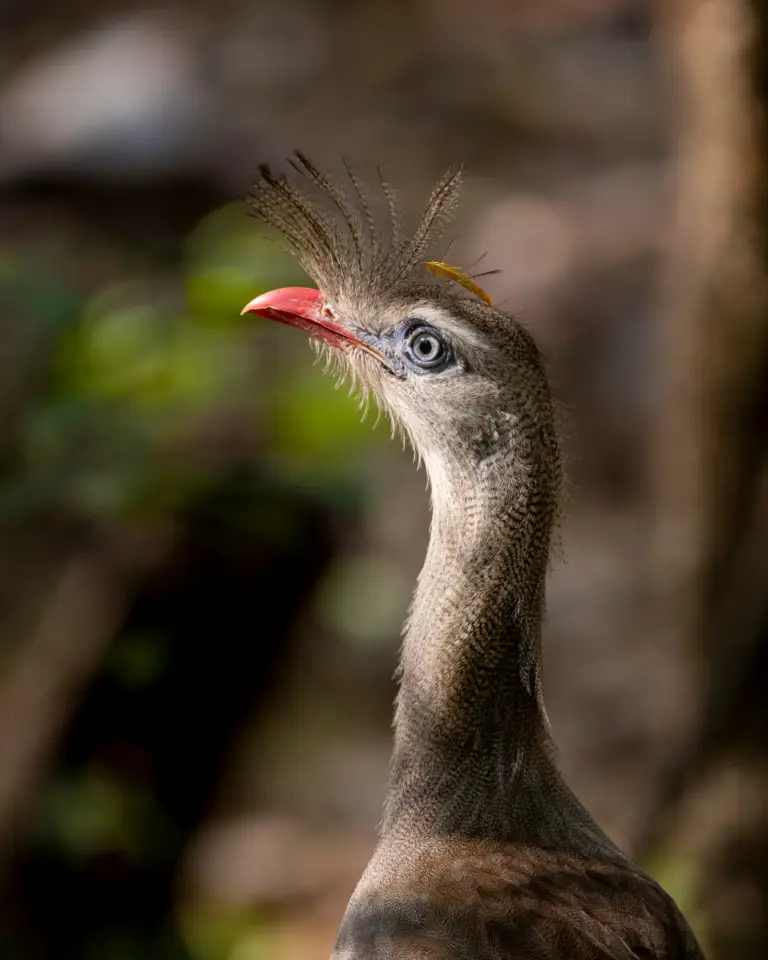

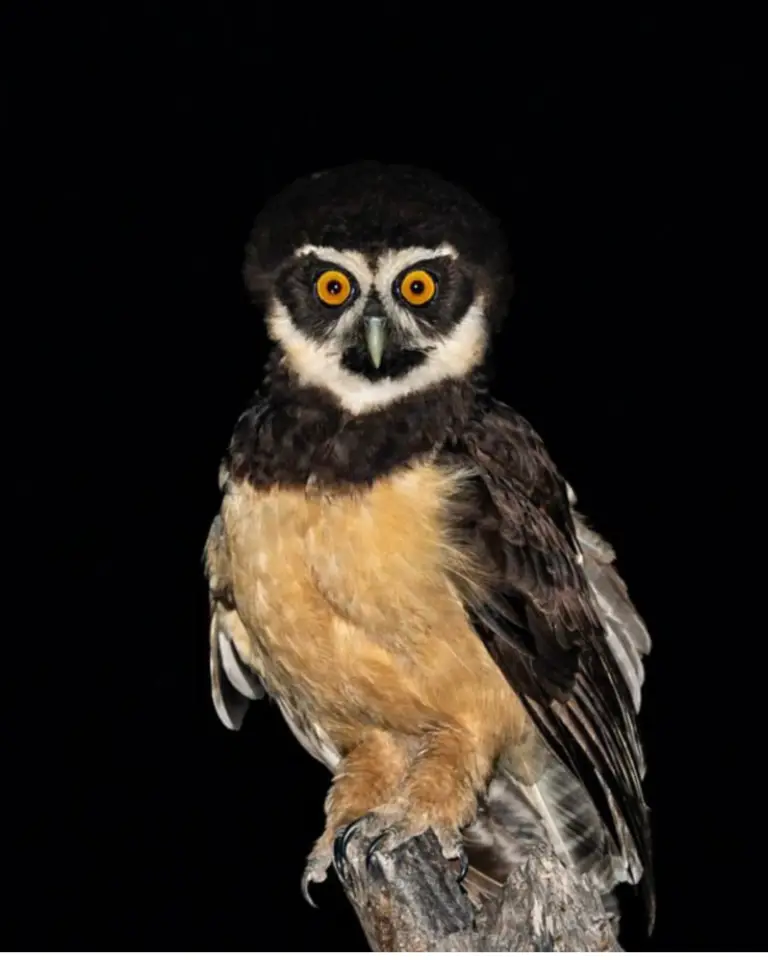
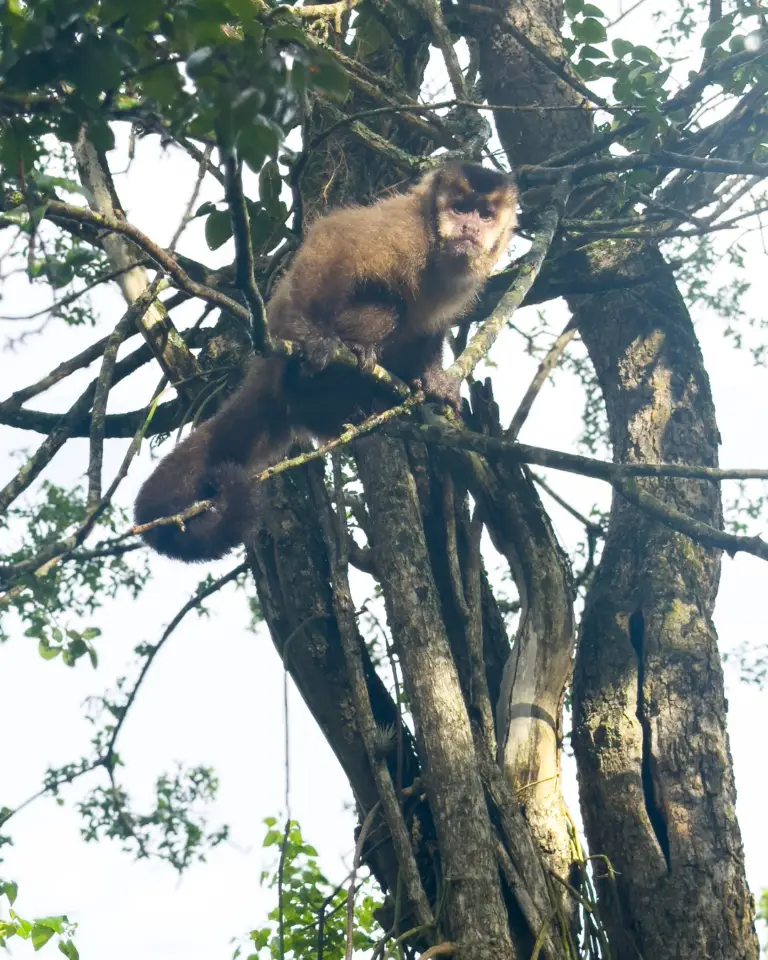
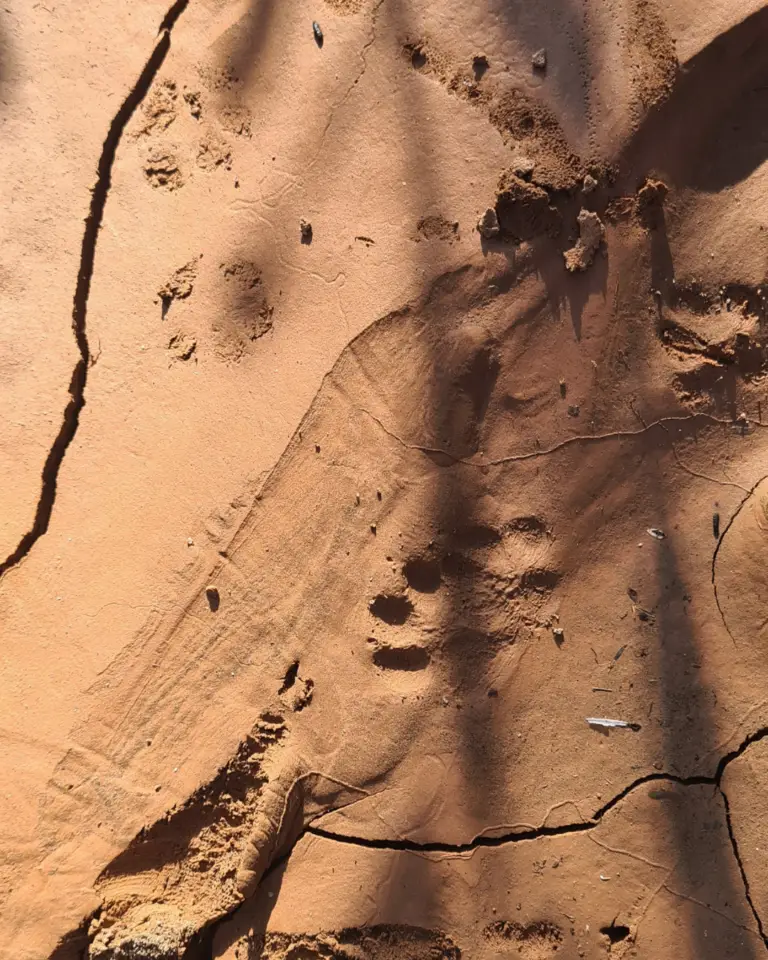
tucan
a YUNGAS ICON
The toucan with the huge yellow beak frequents the subtropical rainforest and orchards, where it feasts on juicy fruits.
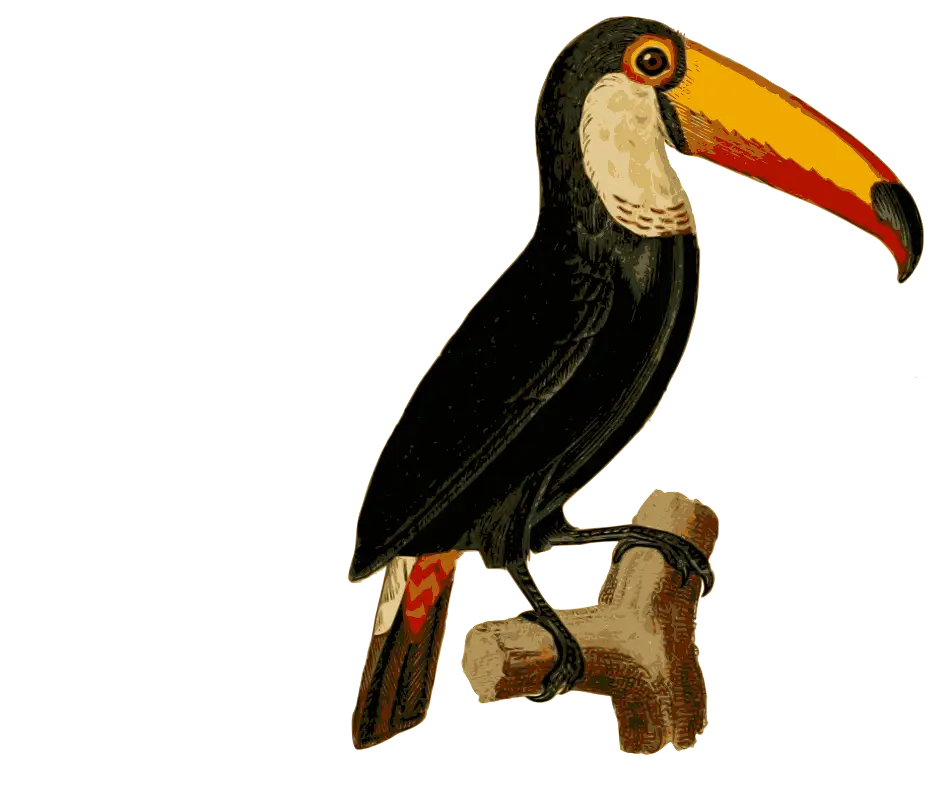
ara militari
a sweet talker
The green-plumaged parrot nests in tree hollows in subtropical jungles. It is classified as vulnerable due to its capture for the domestic trade.
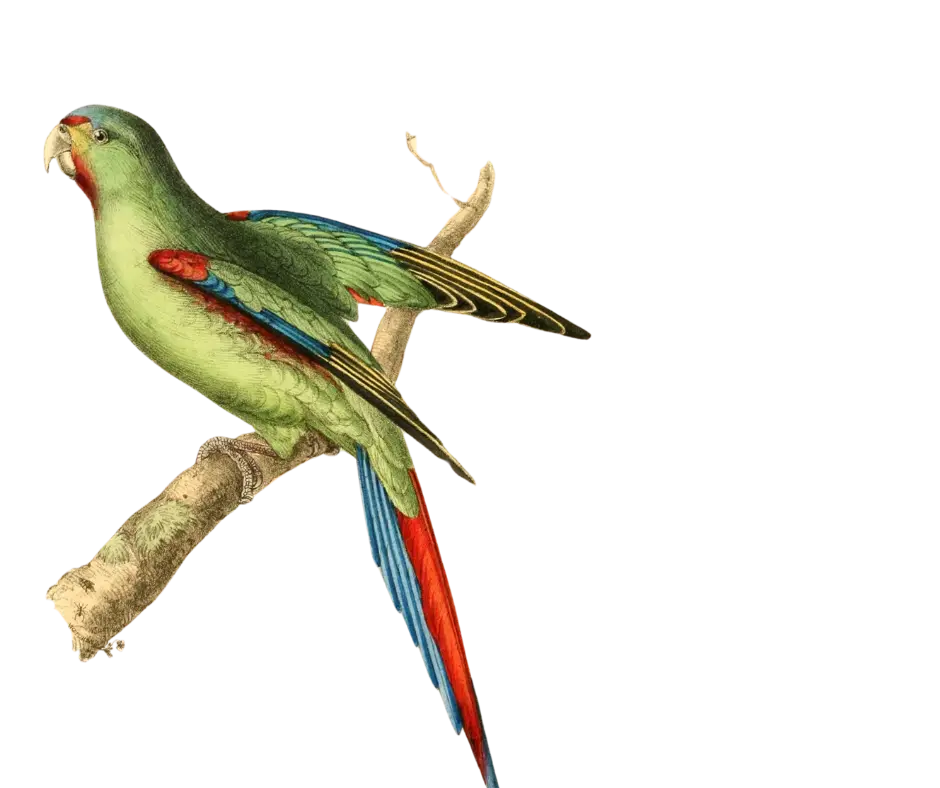

hummingbird
jungle voltigeur
This miniature bird, with a small body size of just a few centimeters, feeds on plant nectar. It plays an important pollinating role in the Yungas jungle.

carpintero
the hitter
This bird hammers tree trunks with its beak in search of insects, especially termites.
in the heart of the yungas
rendez-vous with wildlife
how to observe animals?
A lot of patience and discretion is required to spot animals in their natural environment. To maximize your chances, the best times are in the early morning or at dusk. During the dry season, many springs dry up and mammals concentrate on the few streams with a little water.
accompanied by a local guide
At Finca La Fé, travelers are accompanied on each excursion by a local guide who knows the jungle and the places frequented by the animals. He will be able to share his knowledge of the emblematic plants and fauna of the Yungas and learn to identify animal tracks.
The guide will also teach you how to observe wild animals in their natural habitat without disturbing them.
Do not forget that the Yungas are also home to species that are dangerous to humans: pumas, snakes with deadly venom such as the rattlesnake or the yarará, scorpions and tarantulas.
In case of an inopportune encounter with any of these species, the guide will show you how to behave in order to stay safe.

